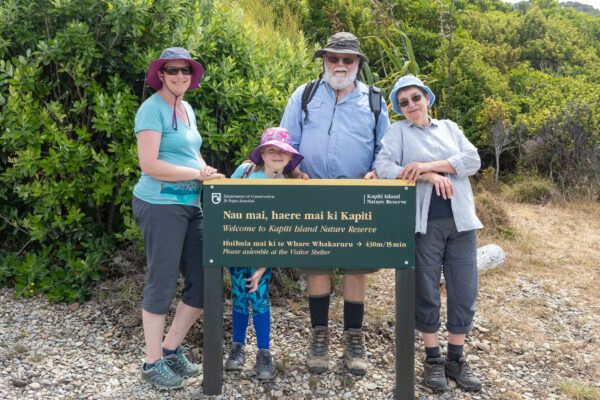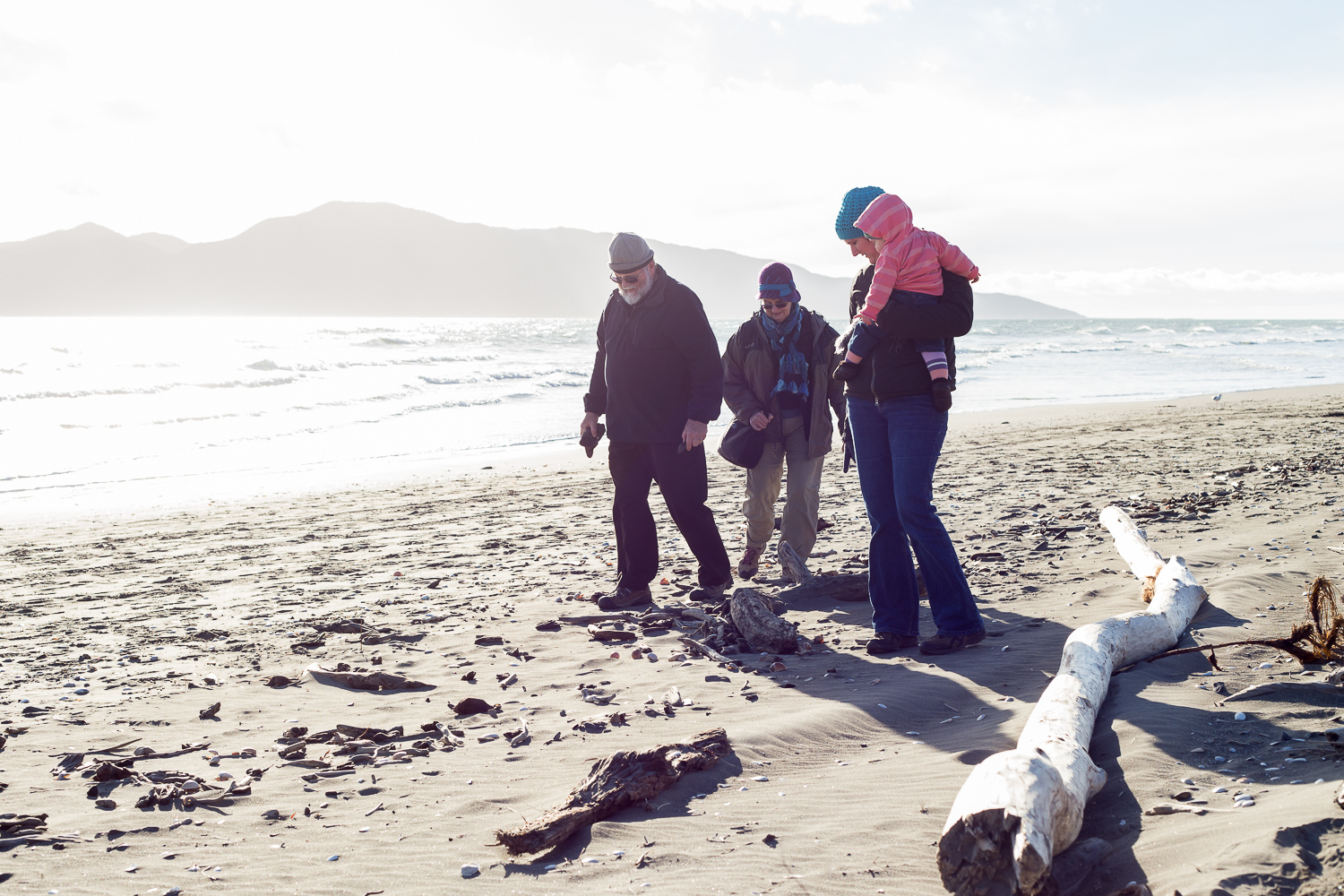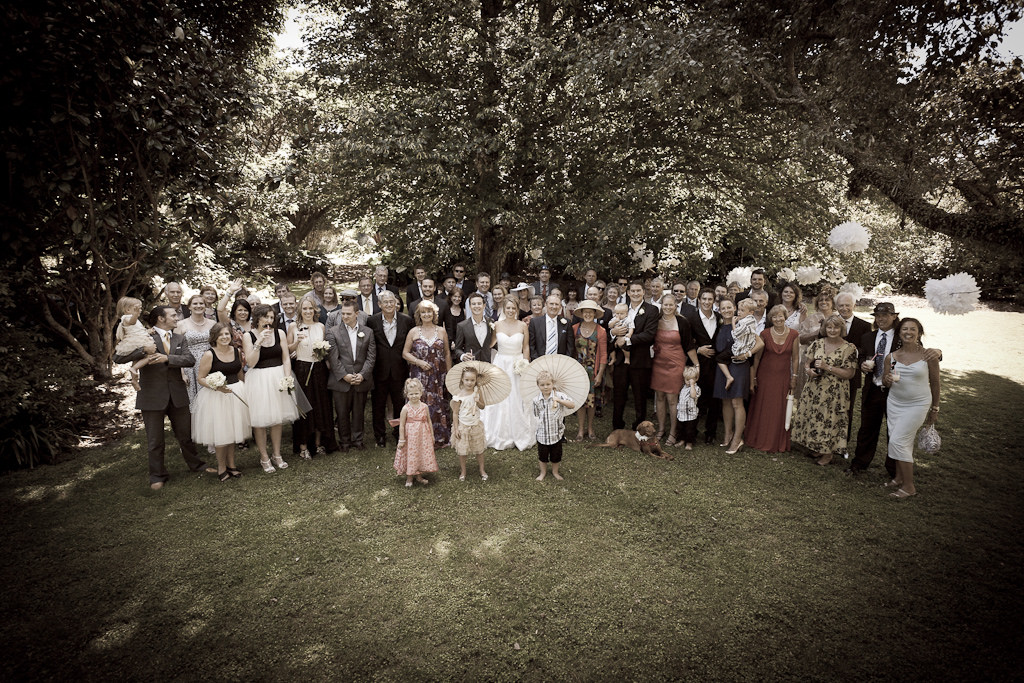On Saturday we went back to Highgate, primarily to visit the Cemetery. We’d been before with Jenny, Amanda and Daniel but had not entered due to the woman at the gate. There are regulations about what you can wear into the cemetery and on the previous day, in the middle of summer, some of us didn’t have the requisite body parts covered. The resultant discussion with June had us leave rather than put up with her demands. I still wanted to visit, however, so we returned and this time we were dressed more appropriately. As it turned out June was in a better mood today (and we were probably more respectful) and after a short wait we were admitted and sat down to wait for the tour at 1pm.
Our guide arrived, a little late, and off we went. There were only four of us and the guide, the others being a Swiss couple. We were shortly joined by a German lady after we had proceeded a few minutes up the path. Our guide stopped as various monuments along the path and gave us the history of the interred. We learnt about cemetery imagery such as urns, shrouds, upturned trumpets and angels. Most of the larger monuments had a story and as such our 50 minute tour proceeded at pace, leaving little time for photographs. This has never stopped me before.

An Angel of Highgate Cemetery, opposite the Egyptian Avenue
Highgate Cemetery was built, ah… created in 1839 and is part of the Magnificent Seven cemeteries that ring London. It went through a period of time after the second world war when the upkeep of the grounds wasn’t all it could have been. In recent times the Fiends of Highgate Cemetery have restored the cemetery somewhat but it has still been left in it’s overgrown state, giving it a very gothic look. Grand monuments rise from the ivy and scrub in all directions.

The gateway of the Egyptian Avenue and up the Street of the Dead
Some of the architecture is extremely grand, such as the Egyptian Avenue. The avenue rises out of the ground like the entrance to some long lost temple somewhere out of a Sir Arthur Conan Doyle novel. The path leads through the tunnel up to the Lebanon Circle, another amazing piece of architecture. A circle of stone catacombs have been sunk into the ground below a large Cedar tree, the tree about 150 years older than the cemetery and itself part of what was a large garden that was previously on the site.

Part of the outer Lebanon Circle

The Cedar tree over the Lebanon Circle
The booklet we bought about the cemetery mentions a woodpecker that lives in the Cedar. I’m fairly sure I saw the woodpecker, or at least it’s ancestor, entering a hole in the trunk.

The grave of Thomas Sayers, looked over by his dog Lion
Thomas Sayers was a boxer from the middle 1800’s and his story is quite entertaining. You can read some of it here.

The Angel again

The nature of the Cemetery
So we proceeded though the cemetery and were introduced to a number of interesting tombs. As time was short we didn’t really get time to linger on any tomb so some of the talks were clipped off rather quickly. We only got to see a small section of the cemetery, we’d probably have needed a number of hours to have a proper tour. At the end we were asked for a donation and I gave some coins. We then got to have a look in the chamber adjacent to the entrance and looked over various pamphlets, pictures and items for sale. We talked to the guide and he suggested visiting both Kensal Green Cemetery, another of the Magnificent Seven, and Le Cimeti?re du P?re-Lachaise in Paris. Something for a weekend in the future perhaps.

The park opposite the Cemetery had a number of young animals, this Coot chick an example
After leaving we made our way through the adjacent park back towards Highgate town and back down to Archway Station. Along the way we stopped to watch some birds and their chicks/signets in a pond. The following chap was making a lot of noise, having paddled away from his mum. He seemed to find solace in climbing onto a leaf and then pecking at foliage above. Good for him.


